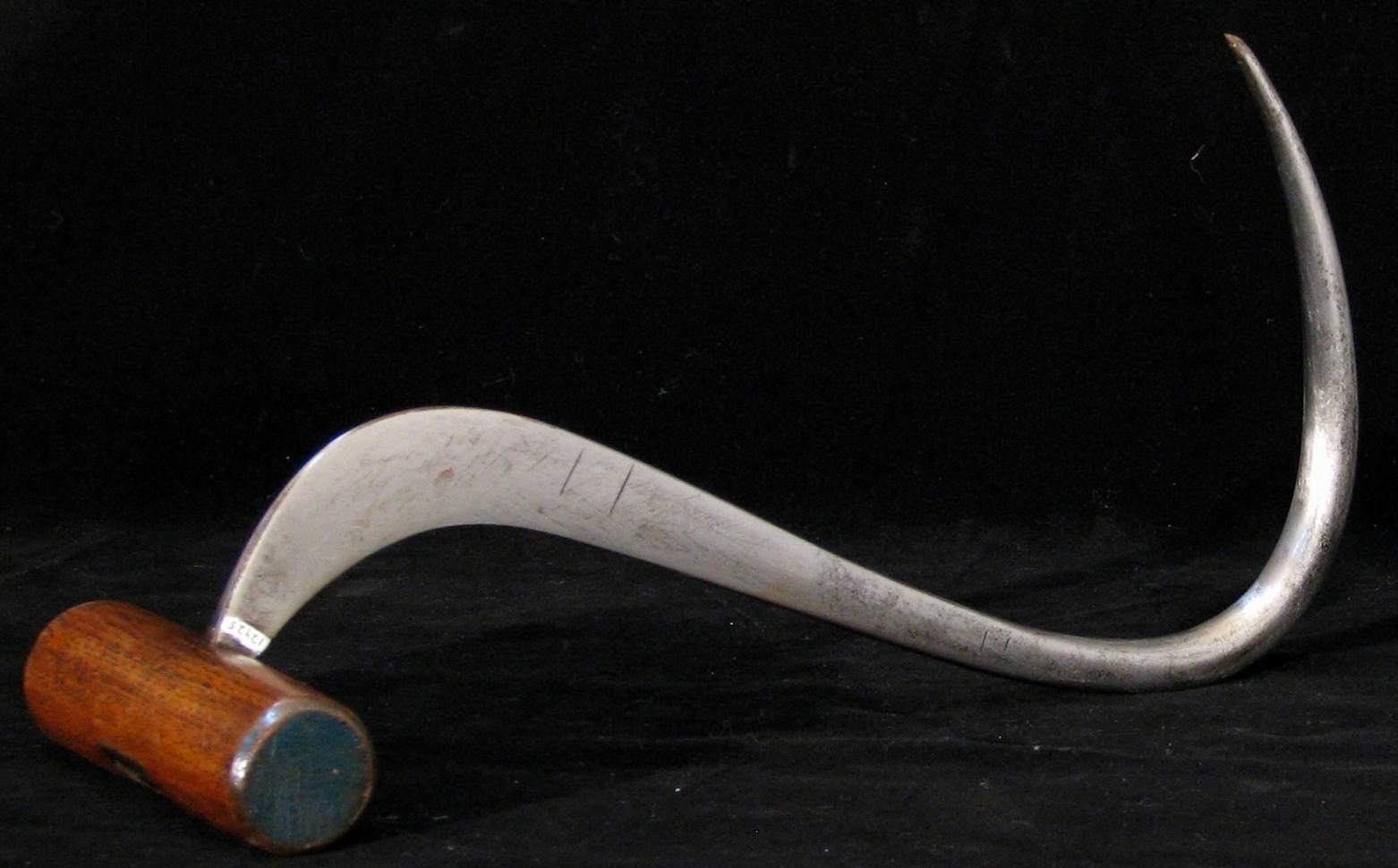 This is the second blog on The Human Stories of Dock Labor, exploring books that are in or coming soon to the park’s Maritime Research Center. The Center’s collection can be viewed at the Park's online Keys Catalog.
This is the second blog on The Human Stories of Dock Labor, exploring books that are in or coming soon to the park’s Maritime Research Center. The Center’s collection can be viewed at the Park's online Keys Catalog.In the previous blog, we looked at the “shape-up” system of hiring longshoremen, from the book Shape-up and Hiring Hall; a Comparison of Hiring Methods and Labor Relations on the New York and Seattle Water Fronts by Charles P. Larrowe. In this blog, we look at the hiring hall.
Published in 1955, Larrowe’s book gives a highly detailed account of the history of the West Coast longshore hiring hall, using Seattle as a case history. Although there have been significant technological changes in shipping, longshoring and the workings of hiring halls, what remains constant is the order, fairness and dignity the hall brought to hiring, in sharp contrast to the old “shape-up” system. With this history comes fundamental questions: Who best represents the workers? Who should control a hiring hall? How important to you is the dignity of labor? Where is the balance between fairness to labor and to management? Does the hiring hall help or hinder labor-management relations, depending on who controls the hiring? The history of the hiring hall is the history of these questions, and how they have been answered through a long and contentious struggle.
In Seattle, a hiring hall for longshoremen existed since the 1920s. It was run by shipping industry executives brought together in the Waterfront Employers Association (WEA), later changed to the Pacific Maritime Association (PMA). Employers preferred to hire longshoremen in favored groups (called “gangs”), because of their experience of working together, bringing reliability and efficiency to their work. This, however, was based on favoritism and left out many other longshoremen seeking jobs. Known to longshoremen as the “fink hall”, run by a company union, led to years of strife. After longshoremen won the right to a hiring hall after the 1934 West Coast waterfront strike, the question of who should run the hiring hall remained in fierce contention, as employers and the International Longshoremen’s and Warehousemen’s Union continued to struggle over union control of the hiring hall.
The major settlement to the question came about after a 95-day 1948 longshore strike was won by the ILWU. Why the strike? After U.S. Senate passage of the Taft-Hartley Act, with its restrictions on labor, and with growing anti-communist fervor throughout the country, the WEA, under the leadership of Frank Foisie and Gregory Harrison, saw it as an opportunity to return the hiring hall to employer control. At the beginning of the strike, they betted on the general public supporting them, and on ILWU ran-and-file turning against Harry Bridges and ousting him from leadership. They failed on both counts. After 95 days, the union won the strike.
The outcome was a new, more cooperative attitude and arrangement between employers and the union, known as the “New Look.” Employer leadership changed, and with it, a desire to work with the ILWU to lessen strife by agreeing to an orderly hiring hall with union dispatchers, and joint labor committee made up of equal numbers of employer and union representatives to oversee operation of the hall.
The New Look, although not ending disputes, brought an answer to the question of how the hiring hall should be organized. Importantly, employers began to see the ILWU as a legitimate bargaining partner, not to oppose in every way at every turn, capable of dispatching qualified, trained longshoremen, whether hired in permanent gangs or individually into gangs. In 1949, An employer representative, typical of this new attitude, wrote, “We have a new spirit and we know that if we supplement it with the right kind of action, we can turn it into new jobs for all hands.” This was echoed by an ILWU representative: “We’re not trying to kid anybody that the man who writes the check and the man who gets it aren’t two different people, but we know equally well that they have a wide field of mutual interest...”
Charles P. Larrowe’s book was published just a few years before containerization revolutionized the shipping industry, and with it, longshoring practices and employment. Labor-management disputes will probably never end entirely, as each side balances looking after their own interests and of the industry as a whole. The New Look, though, represented a major shift in how employers saw the basic legitimacy in the longshore union, no longer opposing it at its core.
Where do you see the balance between labor and management? Or do you believe hiring and labor practices should be completely in the hands of one side or the other? How relevant today is the 1948 New Look to the shipping industry and longshore labor? Feel free to continue discussion and express your own opinion in the comments section below.
